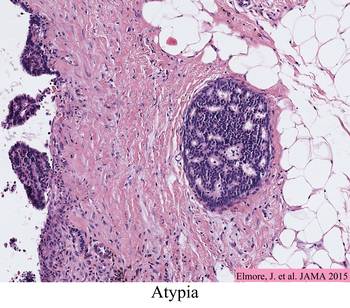Author Interviews, Breast Cancer, JAMA, Technology / 29.07.2016
Most Patients With Newly Diagnosed Breast Cancer Don’t Use Social Media For Advice
MedicalResearch.com Interview with:
Lauren P. Wallner, PhD, MPH
Assistant Professor, Departments of Medicine and Epidemiology
University of Michigan
Ann Arbor, MI
MedicalResearch.com: What is the background for this study? What are the main findings?
Response: Online communication tools like email and social media could be used to support patients through their cancer treatment decision making and ongoing care. Yet, we know very little about whether and how newly diagnosed cancer patients use these tools and whether using online communication influences patients appraisals of their treatment decision making process.
We surveyed 2,460 women with newly diagnosed breast cancer as part of the iCanCare Study about their use of email, texting, social media and web-based support groups following their diagnosis. Our findings suggest that women who more often used these online communication tools deliberated more about their surgical treatment and were more satisfied with their treatment decision. However, the use of social media in this diverse population was lower than we expected (12%), and was less common in older women, those with less education, and Black and Latina women.
(more…)


 Jayant S Vaidya MBBS MS DNB FRCS PhD
Professor of Surgery and Oncology,
Scientific Director, Clinical Trials Group,
Division of Surgery and Interventional Science,
University College London
Whittington Health - Clinical Lead for Breast Cancer
Royal Free Hospital
University College London Hospital
MedicalResearch.com: What is the background for this study? What are the main findings?
Prof. Vaidya: TARGIT-A randomised clinical trial (
Jayant S Vaidya MBBS MS DNB FRCS PhD
Professor of Surgery and Oncology,
Scientific Director, Clinical Trials Group,
Division of Surgery and Interventional Science,
University College London
Whittington Health - Clinical Lead for Breast Cancer
Royal Free Hospital
University College London Hospital
MedicalResearch.com: What is the background for this study? What are the main findings?
Prof. Vaidya: TARGIT-A randomised clinical trial (